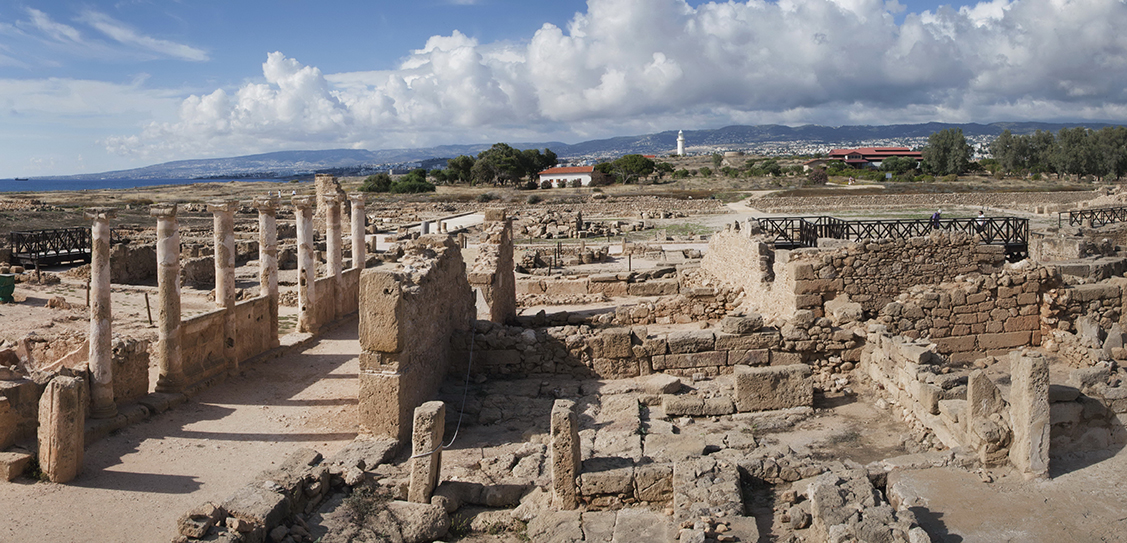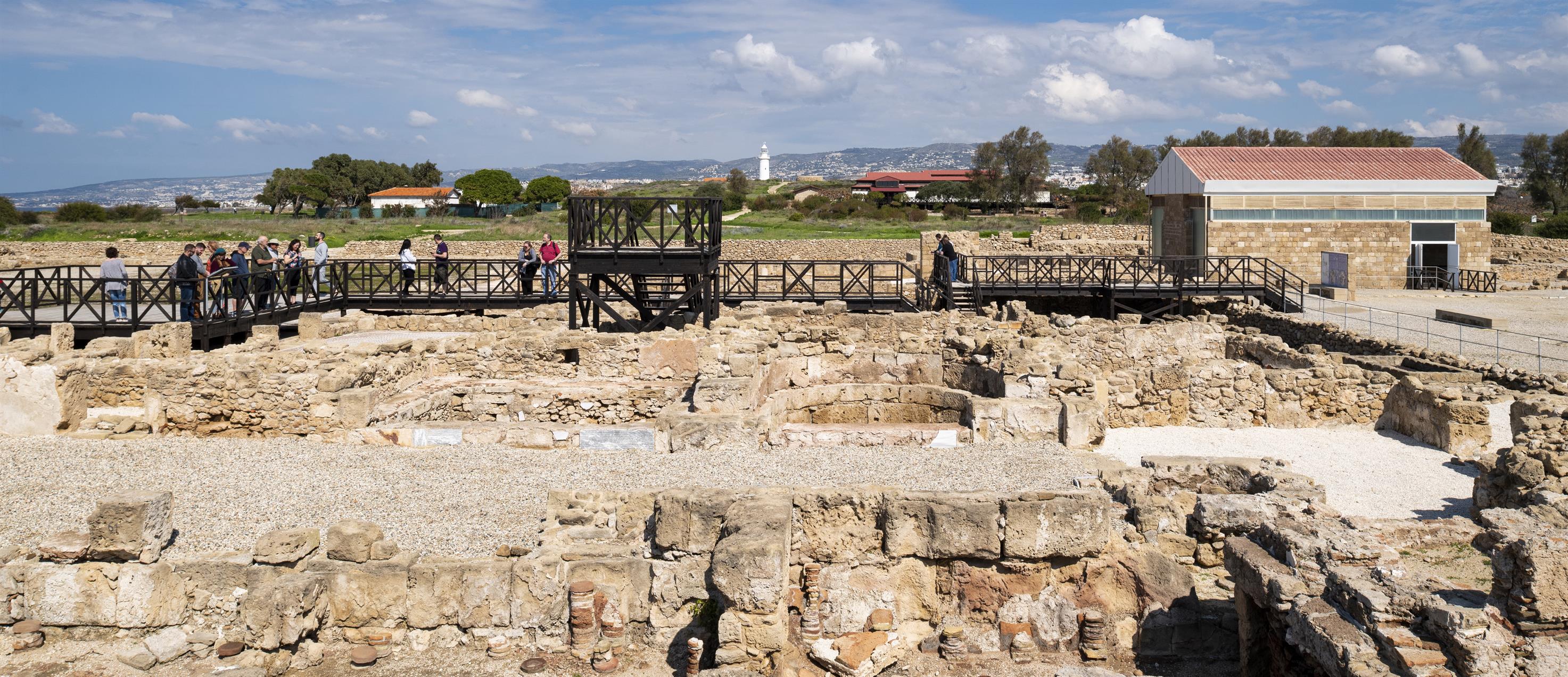The shelters will be used at the Villa of Theseus and House of Orpheus, two Roman residences with some of the best preserved and important mosaics on the island. The competition is part of a larger DoA/GCI effort to advance the conservation and management of this important archaeological site.
The shortlisted firms will now create conceptual designs for their proposed prototype structures, with a final design to be selected in 2021.
The six shortlisted architecture firms are:
Carmody Groarke
London, UK
www.carmodygroarke.com
Cullinan Studio
London, UK
www.cullinanstudio.com
Studio Gionata Rizzi
Milan, Italy
www.studiogionatarizzi.com
Hugh Broughton Architects
London, UK
www.hbarchitects.co.uk
Machado and Silvetti Associates, Inc.
Boston, Massachusetts, USA
www.machado-silvetti.com
Sela Jaymes Architects
London, UK
www.selajaymesarchitect.design
For their initial expressions of interest, architecture firms were asked to address how they would approach the design of a protective shelter.
Those selected will now be asked to create a concept design that meets several requirements, including ensuring the protection of the mosaics from human and environmental threats, connecting the design to the site and setting, using materials and skills that are locally available, and creating conditions for viewing the mosaics and facilitating circulation of visitors.
A single firm will be selected from this shortlist to develop a detailed prototype design. The prototype will then be monitored to assess performance, and revised as needed before finalising a design that can be used to protect selected mosaics on the site.
The site faces a number of challenges, including modern development and potential hazards due to tourism and climate change.
The evaluation committee for the competition includes members of the DoA, the GCI and an interdisciplinary group of external experts.
Among Nea Pafos’ most important Roman residences are the Villa of Theseus and the House of Orpheus. The Villa of Theseus is by far the largest and most fully intact of all the excavated houses in the residential quarter of the ancient city. One shelter will protect a number of significant mosaics in the southeastern part of the Villa, including a surviving panel from the life of Achilles, a depiction of Theseus and the Minotaur in the Labyrinth, and a bath complex with several beautiful geometric mosaics.
The House of Orpheus is the closest of the excavated houses to the sea, and is the much smaller neighbor to the Villa of Theseus. A shelter will be used to protect its Amazon and Heracles mosaic, which depicts in one of the panels the moment before the battle between Heracles and the Lion of Nemea, and the Orpheus and the Beasts mosaic, in which every living animal is gathered to listen to Orpheus’ divine music.

fortheGCI,2018.CourtesyoftheJ.PaulGet.jpg)

